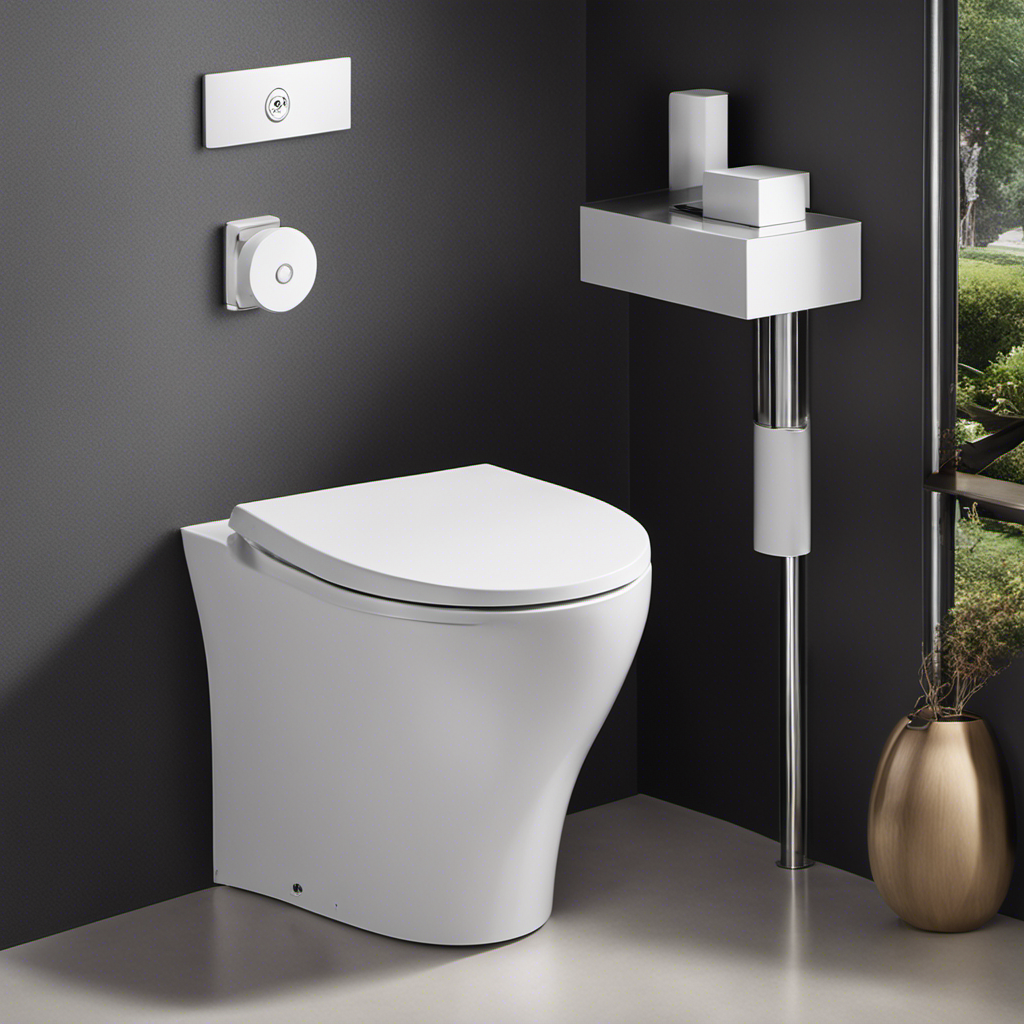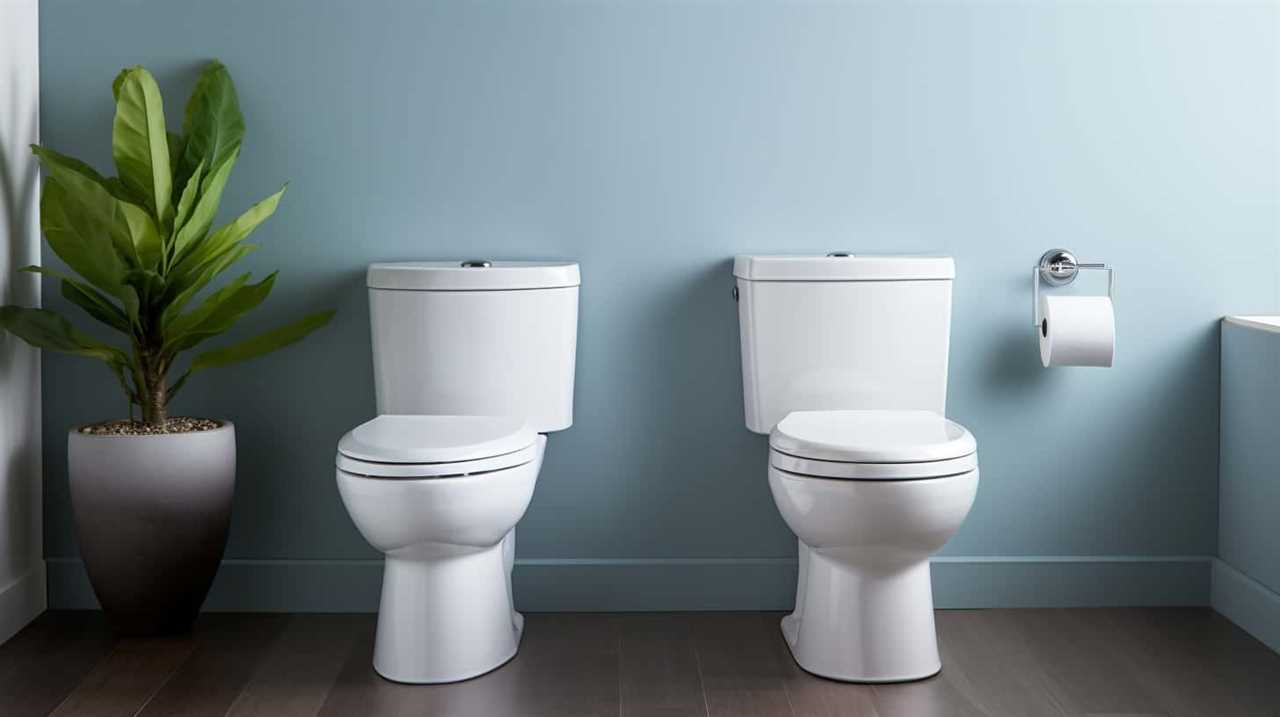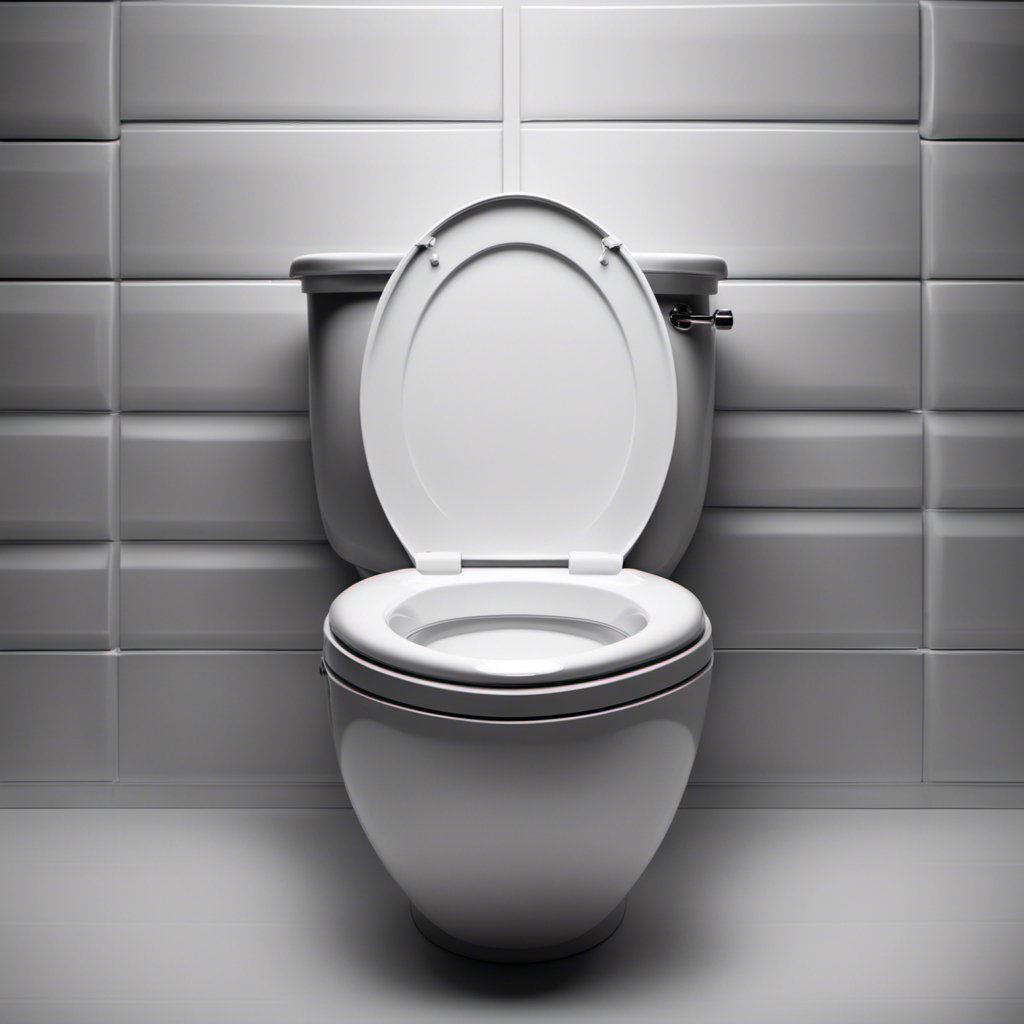Are you tired of hearing that constant, irritating sound of your toilet running? Well, worry no more! In this article, we will show you exactly how to make your toilet stop running.
By following these simple steps, you will be able to identify the cause of the problem and fix it yourself. No need to call a plumber or spend a fortune on repairs. With a little bit of know-how and some basic tools, you’ll have your toilet running smoothly in no time.
So let’s get started!
Key Takeaways
- The water level in the toilet tank should be checked and adjusted if it is above the overflow tube.
- The fill valve may be faulty and should be replaced or adjusted if necessary.
- The flapper valve should be inspected and replaced if worn out or damaged.
- The float arm should be checked and adjusted or replaced if necessary to prevent the toilet from running.
Identifying the Cause of a Running Toilet
To determine why your toilet is running, you’ll need to do some troubleshooting.
Start by checking the toilet tank. Lift the lid and observe if the water level is above the overflow tube. If it is, the problem may be a faulty fill valve. Adjust the float or replace the fill valve if necessary.
Next, inspect the water supply. Ensure that the water supply valve is fully open. If it is, but the toilet is still running, the issue may be a worn-out flapper. Take a look at the flapper and see if it is damaged or not sealing properly. If needed, replace the flapper to stop the water from continuously flowing into the toilet bowl.
Checking and Adjusting the Fill Valve
When adjusting the fill valve, it’s important to ensure it is functioning properly. Here are some steps you can follow to check and adjust the fill valve:
-
Start by turning off the water supply to the toilet. Look for the shut-off valve located behind or near the toilet.
-
Remove the tank lid and locate the fill valve. The fill valve is usually a tall, cylindrical device that fills the tank with water after each flush.
-
Check for any leaks or cracks in the fill valve. If it is damaged, you may need to replace it.
-
To adjust the water level, locate the water level adjustment screw on the fill valve. Turn it clockwise to decrease the water level or counterclockwise to increase it.
-
Once you have adjusted the water level, turn on the water supply and let the tank fill. Check for any leaks and make sure the water stops running when the tank is full.
Inspecting and Repairing the Flapper Valve
Inspect the flapper valve for any signs of damage or wear. This could cause water to continuously leak from the tank. Start by removing the tank lid and locating the flapper valve. It is usually a rubber or plastic piece at the bottom of the tank. Check for any cracks, tears, or warping on the flapper. If you notice any damage, it’s time to replace it.
Turn off the water supply and flush the toilet to drain the tank. Remove the old flapper by disconnecting it from the flush handle and lifting it off the overflow tube. Clean the area around the valve seat and install the new flapper, ensuring it fits securely. Reconnect it to the flush handle and turn the water supply back on.
This simple maintenance task can help resolve the issue of a running toilet.
Addressing Issues With the Float or Float Arm
The float or float arm can sometimes become misaligned, causing the toilet to continuously run. To fix float issues and stop the constant running, you can try adjusting the float arm. Here’s how:
-
Check for misalignment: Take off the toilet tank lid and inspect the float arm. Make sure it is properly aligned and not rubbing against anything.
-
Bend the float arm: If the float arm is misaligned, gently bend it until it is in the correct position. Be careful not to apply too much force, as it may break.
-
Test the adjustment: Flush the toilet and observe if the water stops running. If it continues to run, you may need to repeat the adjustment or consider replacing the float arm.
Troubleshooting Persistent Running Toilet Problems
To troubleshoot persistent running toilet problems, you can try adjusting the float arm or replacing it if necessary. Common toilet flushing problems that cause a running toilet include a faulty flapper, a loose or broken fill valve, or a defective float arm.
Here are some steps to fix a running toilet. First, turn off the water supply to the toilet by shutting off the valve behind the toilet. Next, remove the lid from the toilet tank and locate the float arm. Adjust the float arm so that the water level is below the overflow tube. If adjusting the float arm doesn’t solve the issue, you may need to replace it with a new one.
Remember to turn the water supply back on after making any adjustments or replacements.
Conclusion
So there you have it, you’ve successfully learned how to fix a running toilet!
By identifying the cause, checking and adjusting the fill valve, inspecting and repairing the flapper valve, and addressing issues with the float or float arm, you can put an end to the constant running water.
Just remember, like a well-oiled machine, a properly functioning toilet can save you from unnecessary water bills and ensure a peaceful bathroom experience.
Happy fixing!










